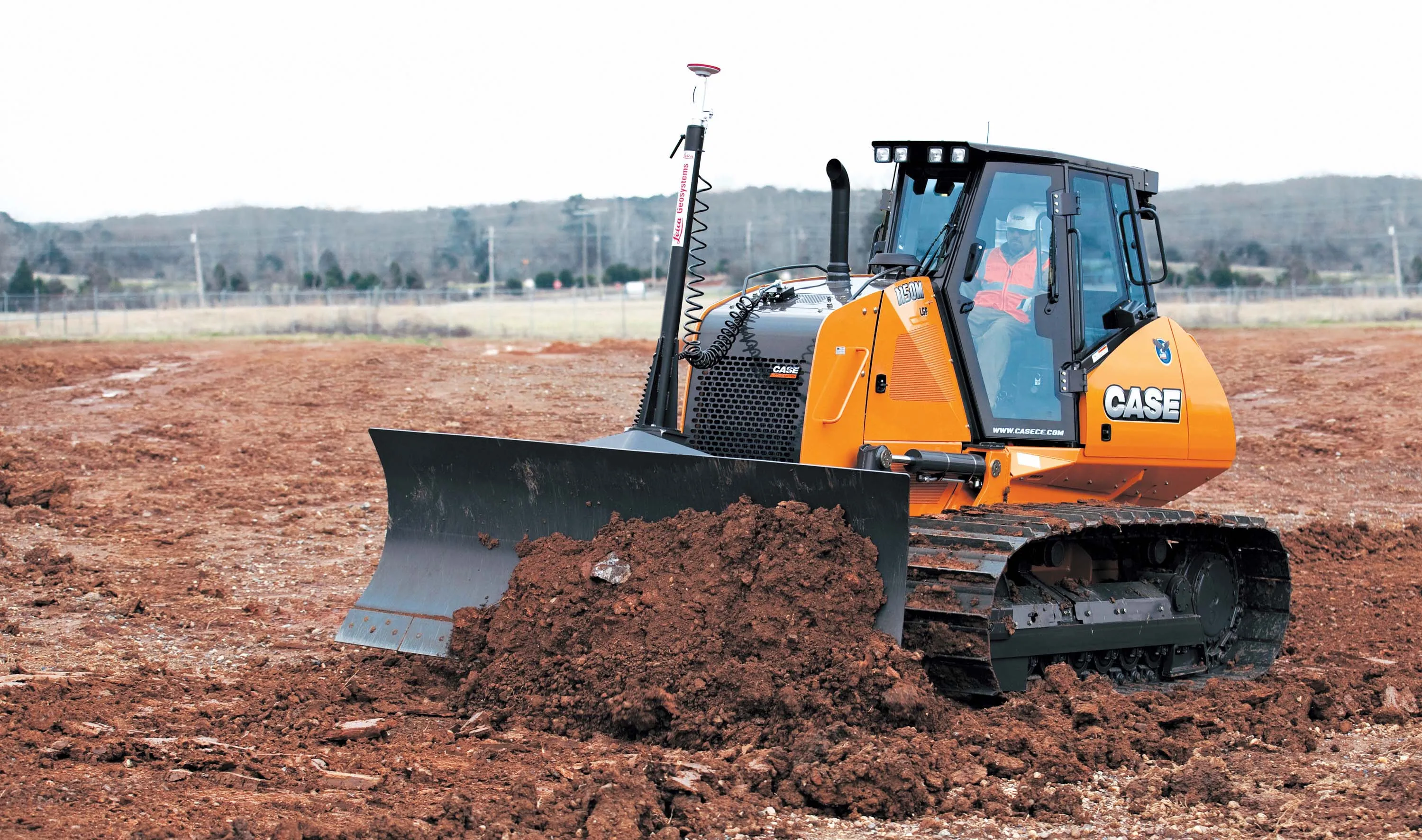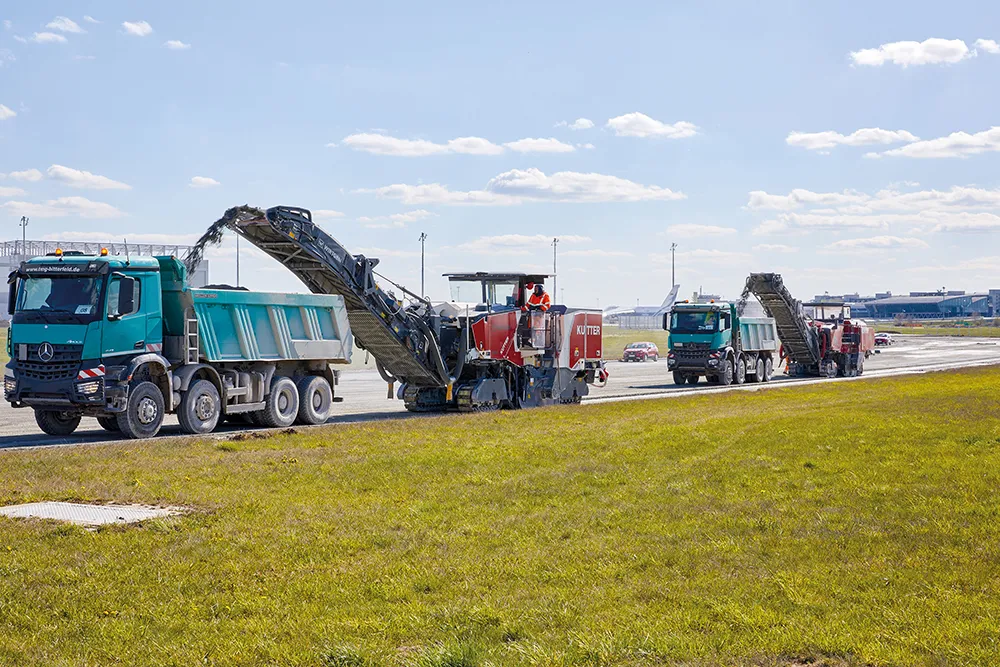March 10, 2017
Caterpillar is keeping ahead of technological developments by ensuring that its new milling units have intuitive controls and are easy for operators to use. The manufacturer also shows off its largest machine, the PM825, with a 2.5m cutting head and 755hp engine - a real high-performance product.







